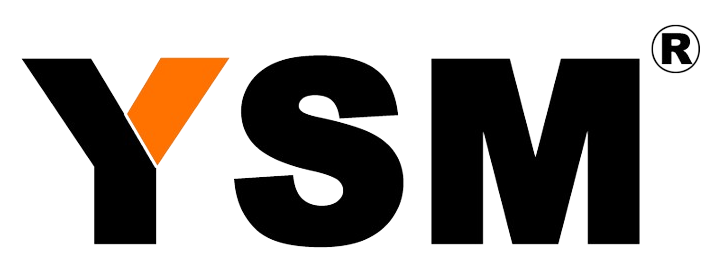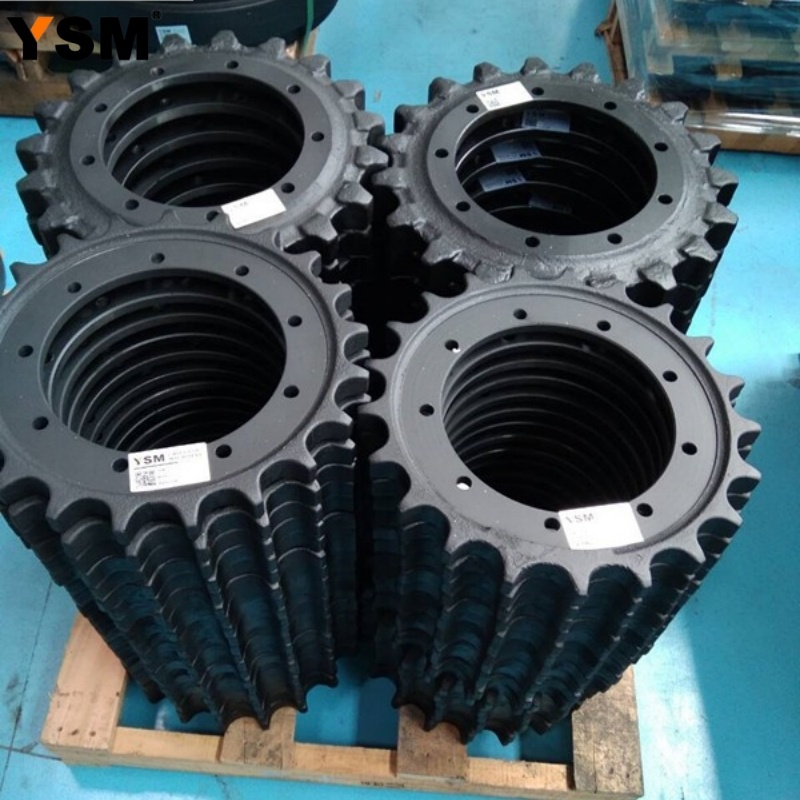A Comprehensive Comparison of ZX70, ZX100, and ZX450 Excavator Buckets for Optimal Performance
A Comparative Guide to ZX70, ZX100, and ZX450 Excavator Buckets Table of Contents 1. Introduction to Excavator Buckets 2. Understanding Excavator Buckets 3. Features of the ZX70 Excavator Bucket 4. Features of the ZX100 Excavator Bucket 5. Features of the ZX450 Excavator Bucket 6. Comparative Analysis of ZX70, ZX100, and ZX450 7. Application Scenarios for Each Bucket
Nov 08,2025

A Comparative Guide to ZX70, ZX100, and ZX450 Excavator Buckets
Table of Contents
- 1. Introduction to Excavator Buckets
- 2. Understanding Excavator Buckets
- 3. Features of the ZX70 Excavator Bucket
- 4. Features of the ZX100 Excavator Bucket
- 5. Features of the ZX450 Excavator Bucket
- 6. Comparative Analysis of ZX70, ZX100, and ZX450
- 7. Application Scenarios for Each Bucket
- 8. Maintenance and Care for Excavator Buckets
- 9. Conclusion
- 10. Frequently Asked Questions
1. Introduction to Excavator Buckets
Excavator buckets are critical attachments for construction and engineering machinery, designed to enhance the versatility and efficiency of excavators. These buckets come in various sizes and designs, each tailored to specific applications. Understanding the differences among models, such as the **ZX70**, **ZX100**, and **ZX450**, can optimize performance and productivity on job sites.
2. Understanding Excavator Buckets
Excavator buckets are used for digging, transporting materials, and other functions. They are categorized based on their shape, size, and function. The common types include:
- **General-purpose buckets**: Suitable for a variety of materials.
- **Trenching buckets**: Designed for digging narrow and deep trenches.
- **Grading buckets**: Ideal for leveling surfaces.
Understanding these categories allows operators to select the right bucket for their specific needs, contributing to operational efficiency.
3. Features of the ZX70 Excavator Bucket
The **ZX70 excavator bucket** is known for its compact size and exceptional digging capabilities. Weighing approximately 1.2 tons, this bucket is designed for smaller excavation tasks, making it ideal for residential projects and tight spaces.
**Key Features**:
- **Capacity**: 0.35 cubic meters.
- **Weight**: 1,200 kg.
- **Durability**: Made with high-strength steel, offering resistance against wear and tear.
- **Versatility**: Compatible with various attachments for diverse applications.
The ZX70 is particularly effective for operations requiring precision and control, such as landscaping and utility work.
4. Features of the ZX100 Excavator Bucket
The **ZX100 excavator bucket** strikes a balance between size and power. Weighing around 1.8 tons, this bucket is suitable for medium-sized projects, providing enhanced digging depth and material handling capabilities.
**Key Features**:
- **Capacity**: 0.5 cubic meters.
- **Weight**: 1,800 kg.
- **Construction**: Reinforced edges to withstand rigorous use.
- **Adaptability**: Suited for various attachments, including grapples and thumbs.
The ZX100 excels in construction sites where moderate to heavy materials need to be moved efficiently.
5. Features of the ZX450 Excavator Bucket
The **ZX450 excavator bucket** is a powerful option for larger excavation tasks. With a weight of approximately 4.5 tons, this bucket is designed for heavy-duty operations in construction and mining sectors.
**Key Features**:
- **Capacity**: 1.3 cubic meters.
- **Weight**: 4,500 kg.
- **Strength**: Built with reinforced structures to handle tough conditions.
- **Performance**: Optimized for high productivity in large-scale projects.
The ZX450 is ideal for projects requiring extensive earthmoving and material handling capabilities.
6. Comparative Analysis of ZX70, ZX100, and ZX450
When comparing these three excavator buckets, several factors come into play, including size, capacity, weight, and application suitability.
| Feature | ZX70 | ZX100 | ZX450 |
|---|---|---|---|
| Capacity (cubic meters) | 0.35 | 0.5 | 1.3 |
| Weight (kg) | 1,200 | 1,800 | 4,500 |
| Best for | Residential Projects | Medium-Sized Construction | Heavy-Duty Operations |
This comparative analysis highlights the strengths and weaknesses of each bucket, guiding users in making informed decisions based on project requirements.
7. Application Scenarios for Each Bucket
Understanding the application scenarios for each excavator bucket can further optimize performance.
ZX70 Applications
- **Landscaping**: Ideal for creating gardens and lawns.
- **Utility Work**: Perfect for trenching for pipes and cables in tight spaces.
ZX100 Applications
- **Medium Construction**: Suited for residential building foundations and roadwork.
- **Demolition**: Effective in removing structures where space is limited.
ZX450 Applications
- **Mining**: Excellent for large-scale earthmoving tasks.
- **Infrastructure Development**: Suitable for digging large foundations for commercial buildings.
Each bucket has distinct advantages depending on the scope of work and job site conditions.
8. Maintenance and Care for Excavator Buckets
Proper maintenance is essential to prolong the life of excavator buckets and ensure optimal performance. Here are some best practices for maintaining your ZX70, ZX100, and ZX450 buckets:
1. **Regular Inspections**: Check for cracks, wear, and loose bolts after use.
2. **Cleaning**: Remove dirt and debris to prevent corrosion.
3. **Lubrication**: Regularly lubricate moving parts to ensure smooth operation.
4. **Storage**: Store buckets in a dry place to prevent rust.
Implementing these practices can lead to longer service life and reduced repair costs.
9. Conclusion
In summary, the **ZX70**, **ZX100**, and **ZX450 excavator buckets** each offer unique features that cater to different excavation needs. Understanding their specifications, applications, and maintenance requirements can significantly enhance decision-making for construction projects. By selecting the right bucket for the job, operators can maximize efficiency and productivity, ensuring the successful completion of tasks.
10. Frequently Asked Questions
What size excavator is suitable for the ZX70 bucket?
The ZX70 bucket is best suited for smaller excavators, typically in the range of 5-7 tons.
Can the ZX100 bucket handle heavy materials?
Yes, the ZX100 is designed for medium-sized projects, making it effective for handling moderately heavy materials.
What is the lifespan of an excavator bucket?
The lifespan varies based on usage and maintenance, but a well-maintained bucket can last several years.
Is it possible to use a ZX450 bucket on a smaller excavator?
While it is technically possible, it is not recommended due to the weight and size, which may compromise the stability and performance of the excavator.
How do I choose the right bucket for my project?
Consider factors such as the size of the excavator, the type of materials to be moved, and the specific requirements of your project before selecting a bucket.
By understanding the intricacies of the ZX70, ZX100, and ZX450 excavator buckets, operators can make informed choices that optimize their excavation projects, ensuring efficiency and productivity on every job site.
PREVIOUS:
Related Posts
How Should The Supporting Wheels Be Selected To Avoid Stepping On Thunder?
High-quality support wheels mainly depend on the performance of its steel. The material of the roller body is generally 50Mn, 40Mn2, (MN: synonymous with the element of manganese).
Carrier Wheels Are Suitable For Various Models At Home And Abroad
Sprocket wheels are mainly used in various crawler bulldozers, excavators, pavers, milling machines, rotary drilling rigs or other crawler machinery equipment at home and abroad.
Contact Us
E-mail :
sales@china-ysm.com
Phone/WhatsApp:
+86-18606961587
Address:
No.8 Binjiang Street, Binjiang Industrial Zone, Xiamei Town, Nan An City, Quanzhou City, Fujian Province, China







